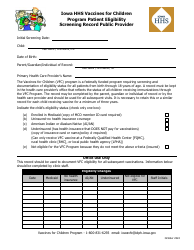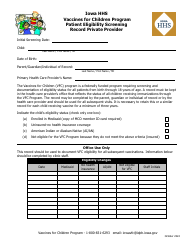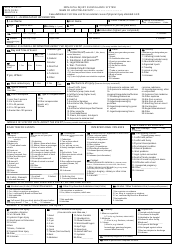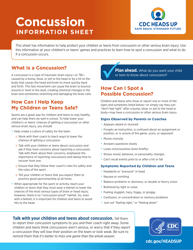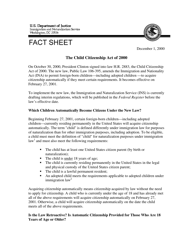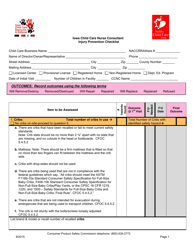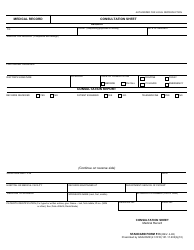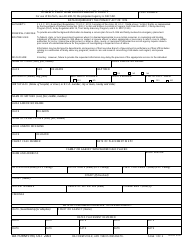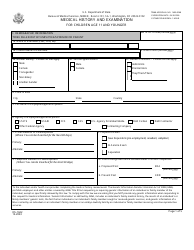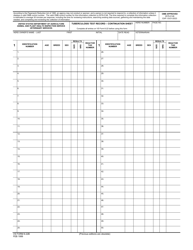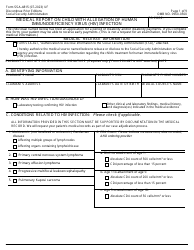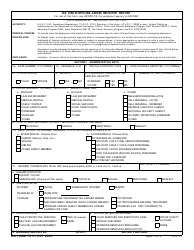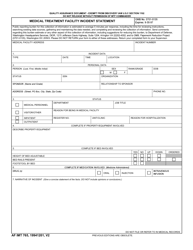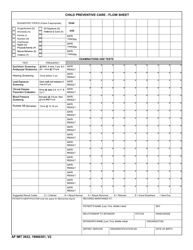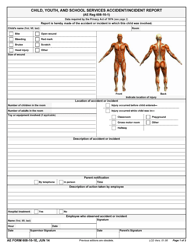Children's Patient Information Sheet Treatment of Tuberculosis Disease (Pulmonary and Extrapulmonary) - Iowa
Children's Patient Information Sheet Treatment of Tuberculosis Disease (Pulmonary and Extrapulmonary) is a legal document that was released by the Iowa Department of Health and Human Services - a government authority operating within Iowa.
FAQ
Q: What is tuberculosis (TB) disease?
A: Tuberculosis (TB) disease is caused by a bacterium called Mycobacterium tuberculosis. It mainly affects the lungs but can also affect other parts of the body.
Q: What are the symptoms of TB disease?
A: Symptoms of TB disease may include coughing, chest pain, fatigue, weight loss, night sweats, and fever.
Q: How is TB disease treated?
A: TB disease is usually treated with a combination of antibiotics for about six to nine months.
Q: Is TB disease contagious?
A: Yes, TB disease is contagious and can be spread through the air when an infected person coughs or sneezes.
Q: How can TB disease be prevented?
A: TB disease can be prevented by getting vaccinated with the bacillus Calmette-Guérin (BCG) vaccine and by taking precautions such as practicing good hygiene and avoiding close contact with infected individuals.
Q: Is TB disease common in Iowa?
A: TB disease is relatively rare in Iowa, but cases can occur, especially among high-risk populations such as those with weakened immune systems or those who have recently traveled to areas with high TB rates.
Form Details:
- Released on March 1, 2011;
- The latest edition currently provided by the Iowa Department of Health and Human Services;
- Ready to use and print;
- Easy to customize;
- Compatible with most PDF-viewing applications;
- Fill out the form in our online filing application.
Download a printable version of the form by clicking the link below or browse more documents and templates provided by the Iowa Department of Health and Human Services.





